Forts in India are a snooty lot with a strict pecking border. Let me explain. Depending on the dynasty that built them and region they are found, Indian forts are a disparate bunch. They can be imposing to intimate, sinister to sensuous, fancy to frugal… but always, always fascinating. Occupying prime position as top dogs to visit are the forts of Rajasthan while many worthy contenders (Golconda, Daulatabad, et al) are left in relative oblivion – moping in their moats and kicking their ramparts in frustration. It’s not hard to see why – sheer size, stark surroundings and romantic tales of handsome kings and beautiful queens performing acts of astounding valour and sacrifice on a (seemingly) daily basis have ensured that these citadels in Rajasthan get the maximum eyeballs and footfalls from your average tourist. Over hyped or the real deal? We visited some of the big names – Mehrangarh, Kumbalgarh, Chittorgarh and Jaisalmer to get the inside story. The verdict? Read on and decide for yourself.
Mehrangarh

A BEAST ON THE OUTSIDE…… 

JODHPUR FROM THE RAMPARTS 
THE PALACE WITHIN
Over the years, Jodhpur has metamorphosized from a sleepy town to a bustling city except for one omnipresent constant that dominates the skyline and cradles it like a protective parent – Mehrangarh. Dating back to 1459 when Rao Jodha of Marwar decided to move his capital from Mandhore to Jodhpur, the fort is a beast from the outside – straddling a rocky outcrop 122 meters high and covering all of 1200 acres. But penetrate those massive walls (there are seven gates to enter) and towering ramparts, and you will realise that the forbidding exterior hides a sensitive soul, chockablock with delicate carvings, exquisite paintings, opulent chambers and stunning palaces. The most recent addition is a world class museum with a rich collection of palanquins, armour, paintings and even a turban gallery. If the idea was to intimidate and impress, then 700 plus years later, Mehrangarh continues to do exactly that and much more.
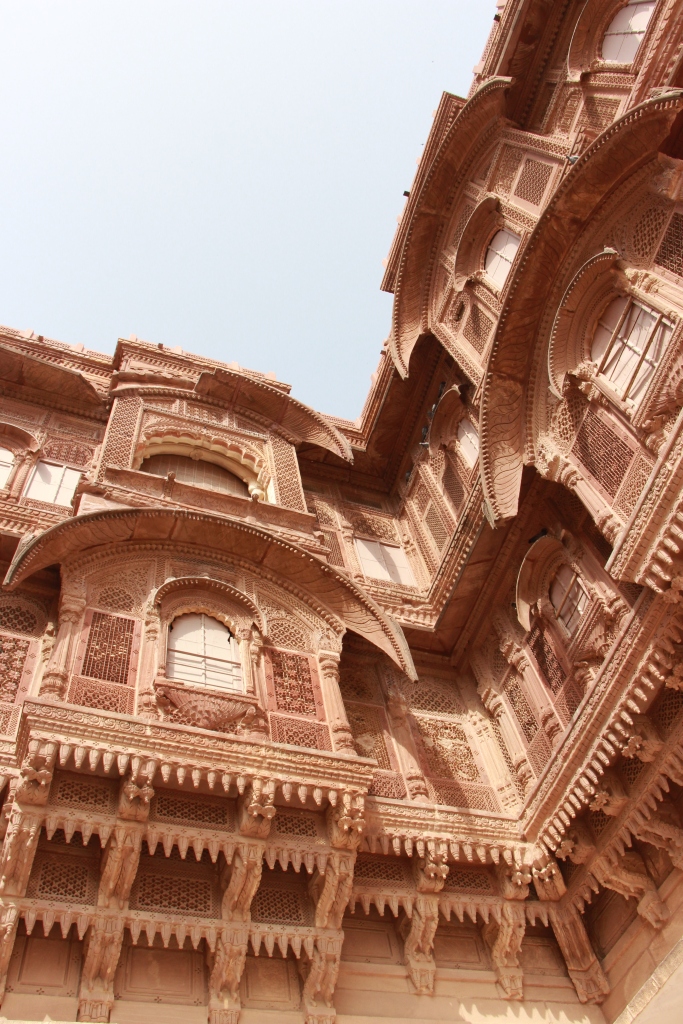
….BUT A SOFTY ON THE INSIDE! 
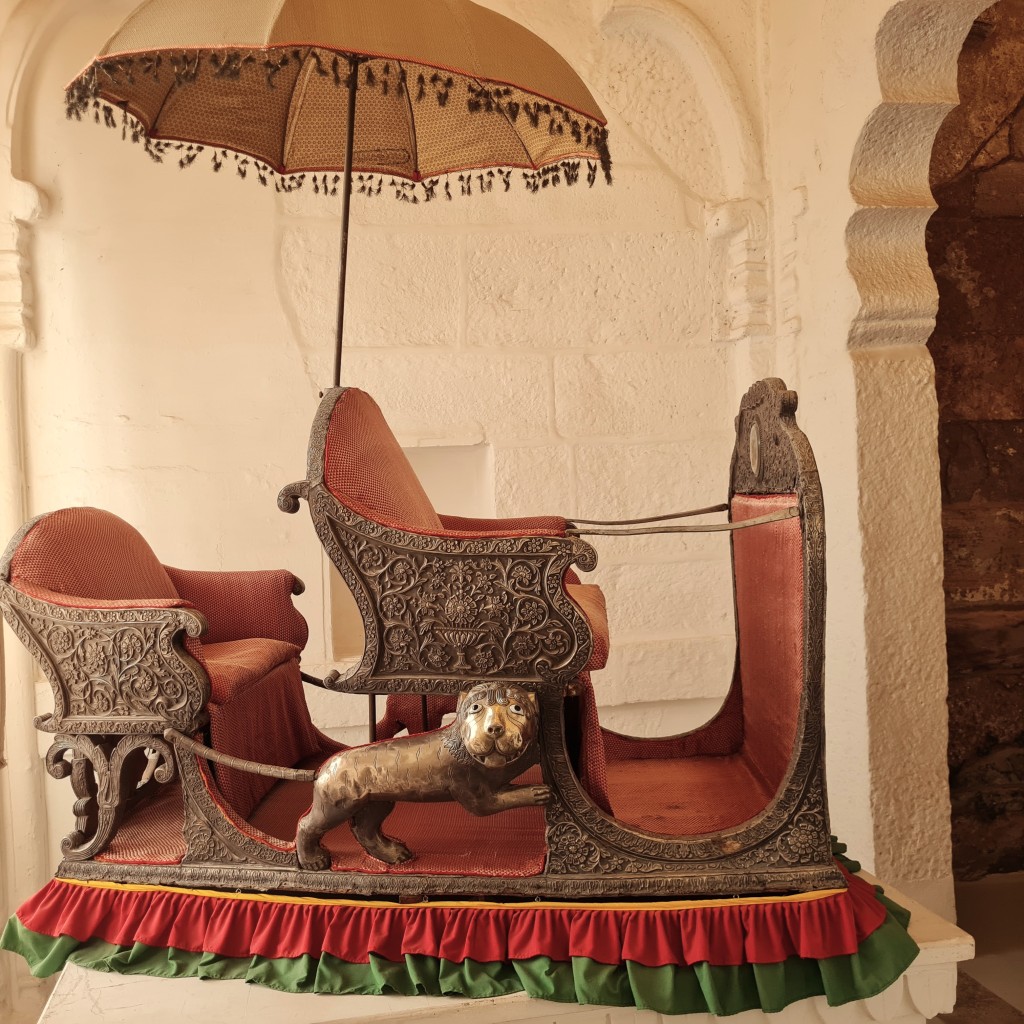
THE MUSEUM 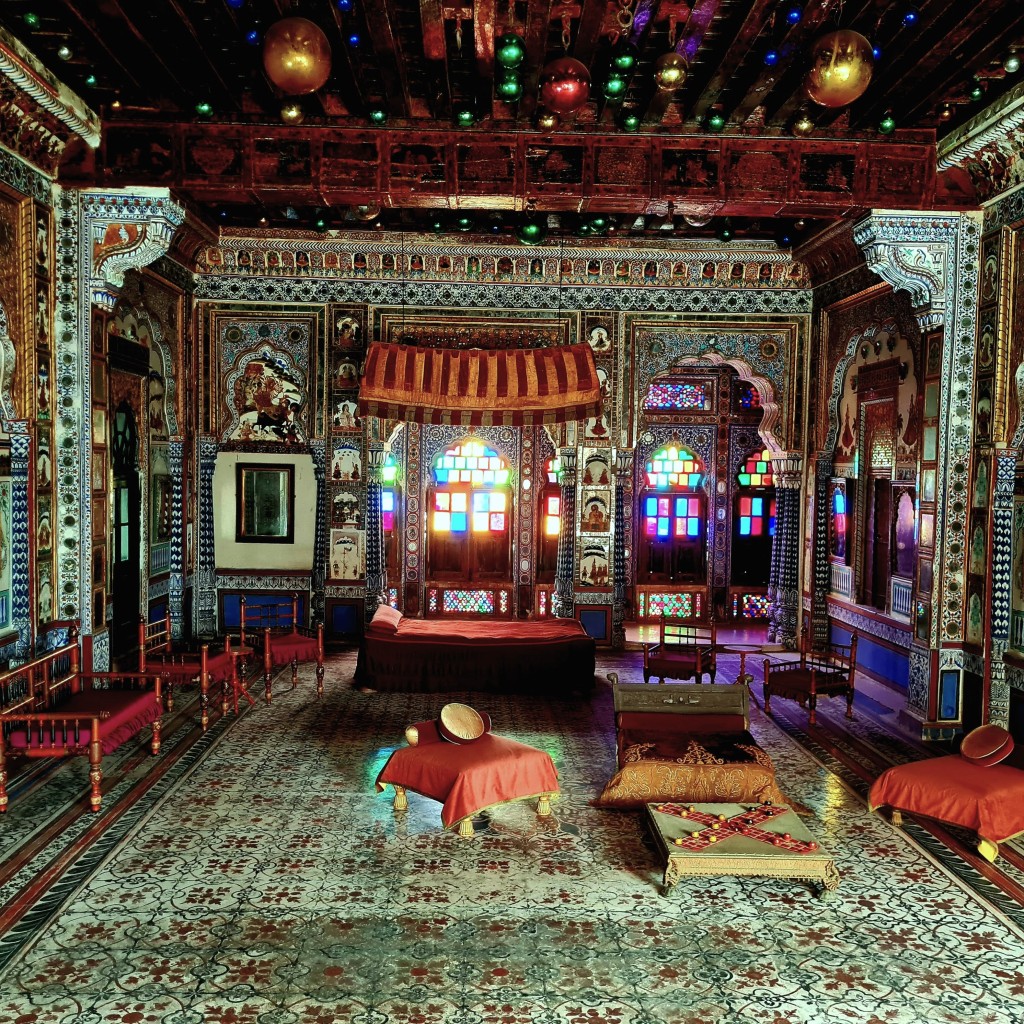
(Tip. The fort can get very, very crowed and noisy so start early to beat the rush).
Kumbalgarh

IMPREGNABLE …. 

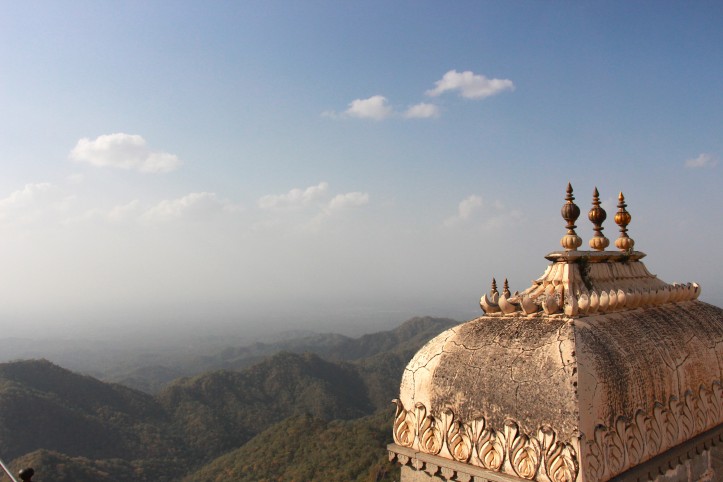
COMMANDING THE ARAVALLIS
If spectacular is what you want then look no further than Kumbalgarh, about 80 kilometers from Udaipur. Kumbhalgarh is named after the Mewar king Rana Kumbha, who constructed it from 1443 to 1458. The gentleman in question built/renovated 32 forts in his lifetime so evidently knew what he was doing! Kumbalgarh was basically a border security post lying on the boundary between Kingdoms of Marwar and Mewar and used by the Kings of Mewar to take refuge whenever things got uncomfortable for them at Chittorgarh, their capital. Perched on a hilltop in the Aravalli Range, at a height of 3600 feet, this fort has impregnable written all over it. Consider the stats – built by a 15000 strong labour force, 15 feet wide perimeter walls stretching for 36 km over 13 hills, ramparts designed to discourage even the most determined attacker, 9 gates to cross before you reach the core, thick jungle on one side…. I think you get the picture. (Feelgood factor- the perimeter wall is the second longest in the world). The fort has three palaces with the most recent one (added in the 19th century) being the romantically named Badal Mahal or Cloud Palace situated at the very top. The view from there is to die for- which I guess is what a lot of folks did over the centuries!
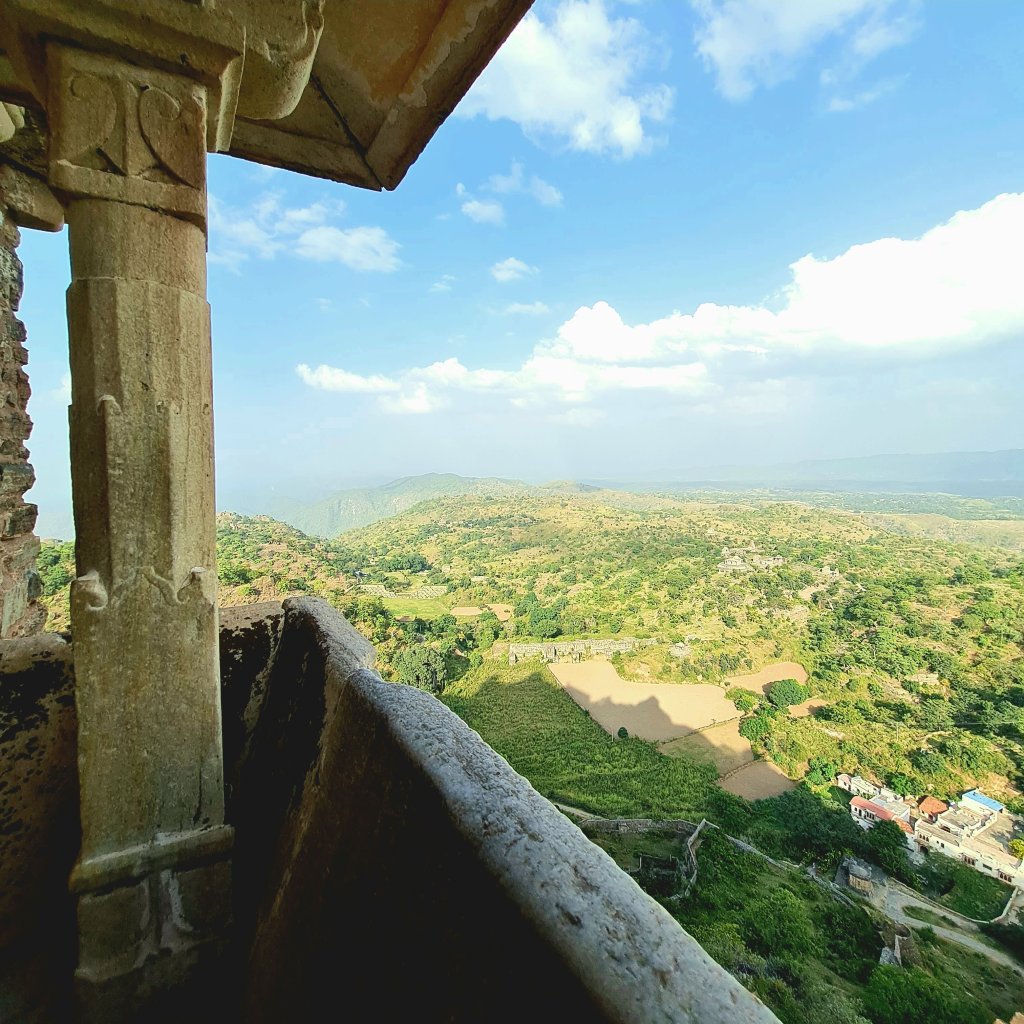
..WITH A VIEW TO DIE FOR 
BADAL MAHAL 

ONE OF THE MANY TEMPLES WITHIN THE FORT
(Tip. Steepish hike to the top involved so comfortable shoes are a must. You can also walk along the entire perimeter- if you have two full days to spare!)
Chittorgarh
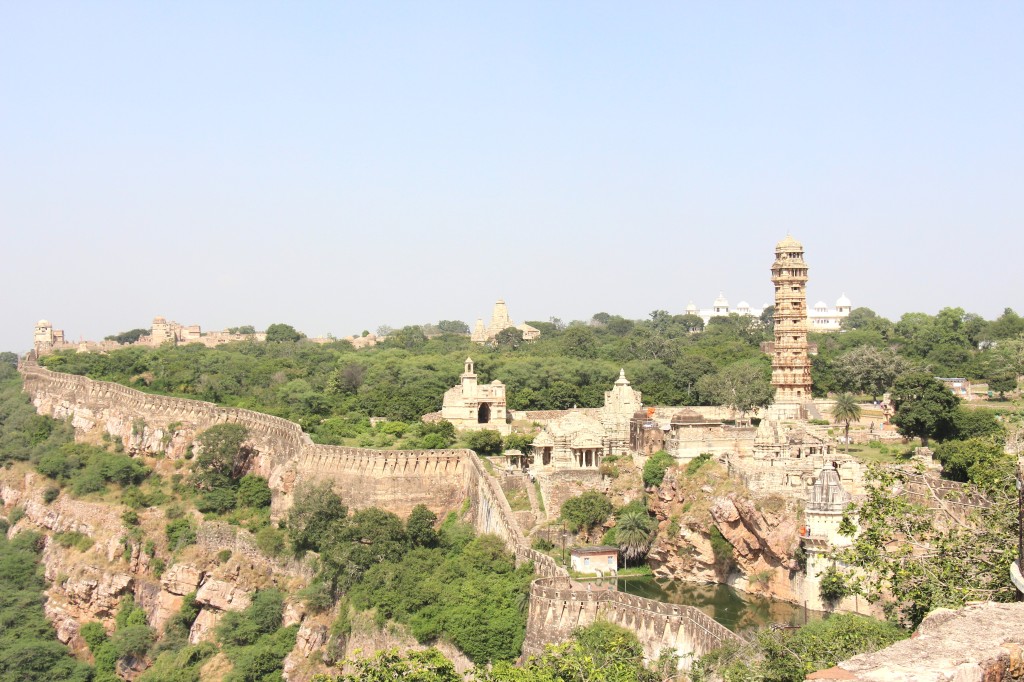
AN EMBRASSEMENT OF RICHES 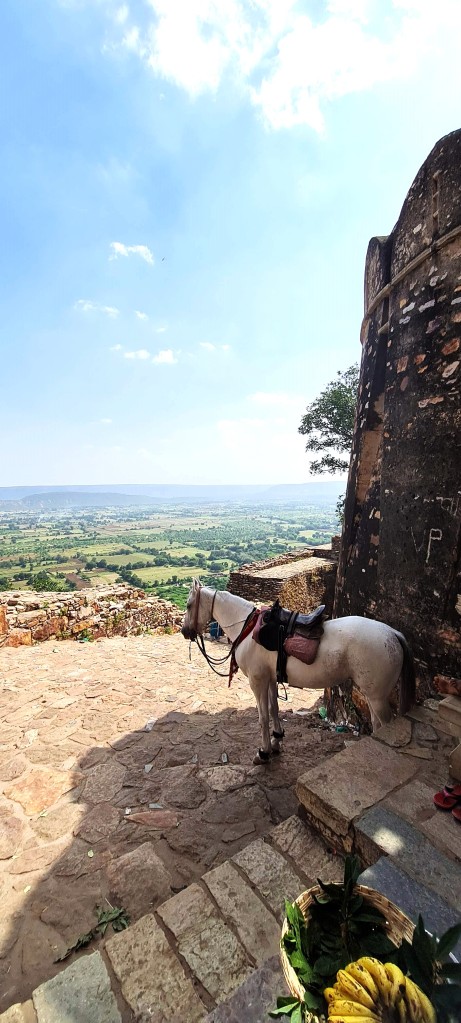
THE MAIN GATE 

SECRETS UNTOLD
Hush and listen to the wind carrying tales of valour and sacrifice, pause to hear the ancient stones whisper about stories of deceit and treachery, look deep into green pools to uncover dark secrets and sinister plots… excuse me if I sound a trifle lyrical but blame it on Chittorgarh. The fort does that to you . Its weather beaten, battle scarred and enormous ( its Asia’s biggest fort) but it has an aura of intimacy that makes you feel an intricate part of its tumultuous history. There is so much to see that even a full day seemed inadequate. There are Jain and Hindu temples, Padmini’s and Rana Khumbas’s palaces, Gaumukh Lake, the Vijay and Kiriti Stambhas and many more fascinating sights. The phrase ‘ time stands still’ does not sound cliched in Chittorgarh and with a good guide there are places where goosebumps are guaranteed. Its also a living fort with a bustling little village within its walls where a meal and a chat with the locals is strongly recommended. You leave with that nagging feeling that Chittorgarh’s stunning temples, exquisite monuments and crumbling palaces seem to be in a perpetual quest for a peace that continues to elude them. Damn, there I go again!



TRY A LOCAL MEAL 
PALACE FOR A QUEEN
Tip. We hired an excellent lady guide called Sunita (+91 9414110090) who also runs a homestay called Padmini Haveli (within the fort) where we had a delicious meal.
Jaisalmer Fort

THE GOLDEN FORT 


BADA BAGH OUITSIDE JAISALMER IS A POPULAR SPOT
I first visited Jaisalmer in the mid eighties and was blown away by the its appearance and sheer uniqueness. It rose out of the vast barrenness, standing in splendid isolation like a mirage, its sandstone walls and buildings burnished gold by the sun. Built in 1156 AD by Rawal Jaisal, it occupied a strategic location on the trading routes linking India with Central Asia and the Middle East and hence its importance. Nowadays, with connectivity and progress, neither the barrenness or isolation exists – the desert has turned green, the fort itself is surrounded by a rash of concrete and glass structures, its teeming with visitors and quite frankly showing its age. But don’t mistake me – it is still an enchanting place to visit. Its lure now lies in getting lost in its gullies, nooks and crannies, leisurely exploring its opulent havelis or just sitting in one of the innumerable cafes watching the locals go about their daily business. Its all about kicking back, soaking in the Jaisalmer vibe and waiting for your desert caravan to fetch up.

GADISAR LAKE 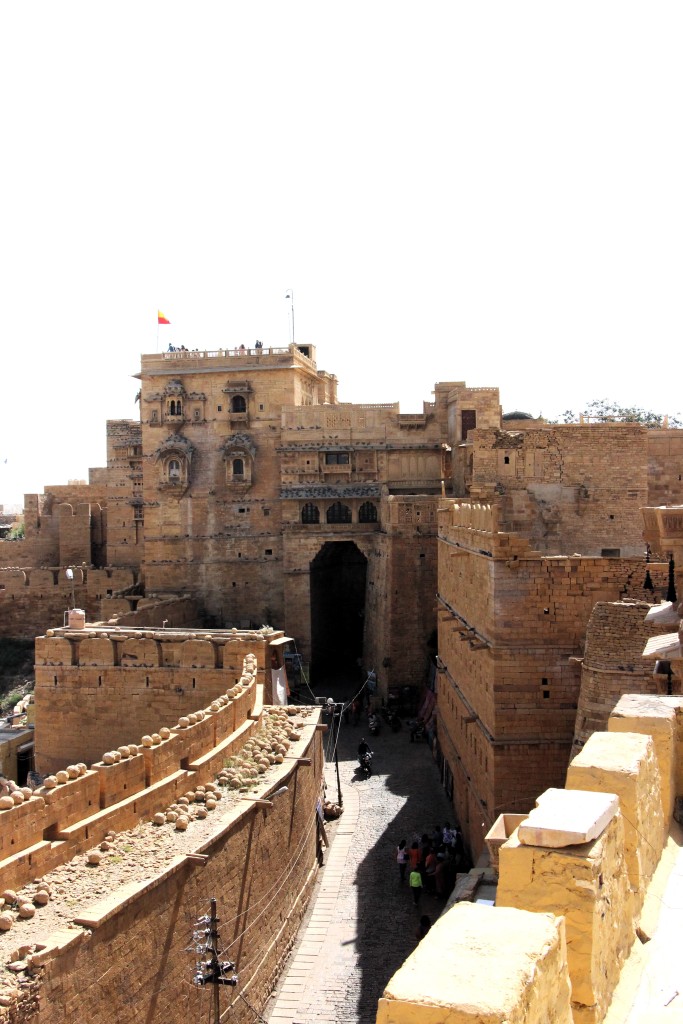
WATCH LIFE GO BY 

MEET THE GULLY BOYS 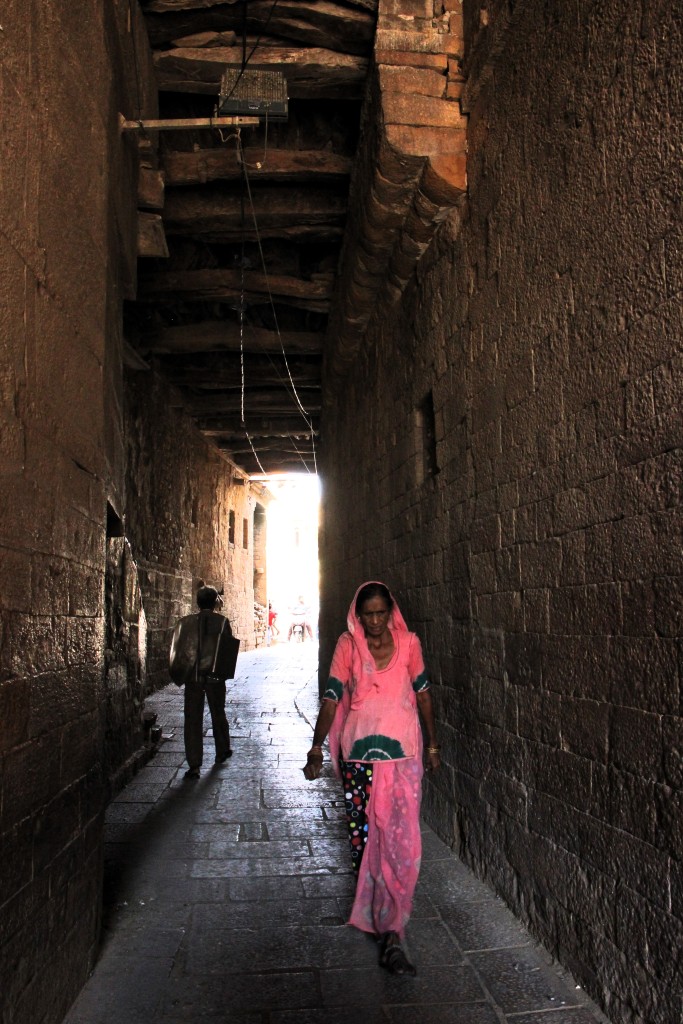
Tip. There is a shop inside the fort selling excellent bhang cookies (perfectly legal, I hasten to add). That vibe I spoke about? Gets a lot better after a cookie or two (or so I’ve been told!!).
So what’s the verdict on Rajasthan’s forts? No doubt, they are the complete package and a must see but personally speaking I would prefer to experience a little more rawness during a visit – like in the brooding menace of a Daulatabad or the lofty isolation of a Shivaji fort. But that’s just me.
PS. Many thanks to my dear friends Ravi, Vimal, Mini and Chaks for making this magical trip happen.

Welcome back, very very captivating prose and stunning photography! Your vivid descriptions of the forts in Rajasthan painted a rich and immersive picture of the historical wonders. The way you brought each fort to life with your words and images truly took me again to those forts. Your passion for travel and keen eye for detail shines through in every paragraph and every shot. ✨️
LikeLike
Thank you, Asmita. Very Generous!!
LikeLike
Excellent blog Paul. Transported to those magical places in my imagination while going through the blog. Keep ’em coming !!!
LikeLike
Thanks Samir. Wilco.
LikeLike
Superb one Sir (as usual !)
LikeLike
Thank you, Sumi!
LikeLike
Very well covered sir. The background info and tips will encourage many to visit the forts
LikeLike
Thanks Gill!
LikeLike
Very well written Paul…infact, needless to say,superb as usual.
Been some time since you posted one so keep ’em coming.
By the way, Rajasthan Tourism owes you one…hope they notice and acknowledge.
Best Wishes
LikeLike
Ha, Ha! Will send them a copy. Thanks!
LikeLike
Great blog sir.
Felt like being on an actual tour……
LikeLike
Thanks Arjun.
LikeLiked by 1 person
Wow, beautifully written. Intimate and with nuggets of unknown facts, reading this makes you feel as if you have been there.
LikeLiked by 1 person
Rajasthan, the largest state in India, is renowned for its rich history and architectural marvels. The forts in Rajasthan represent the grandeur and opulence of the bygone era. They stand as a testament to the state’s glorious past, bearing witness to the tales of valor, romance, and tragedy that define the history of this land. Each fort, with its unique architecture and historical significance, is a window to the royal legacy of Rajasthan.
LikeLike